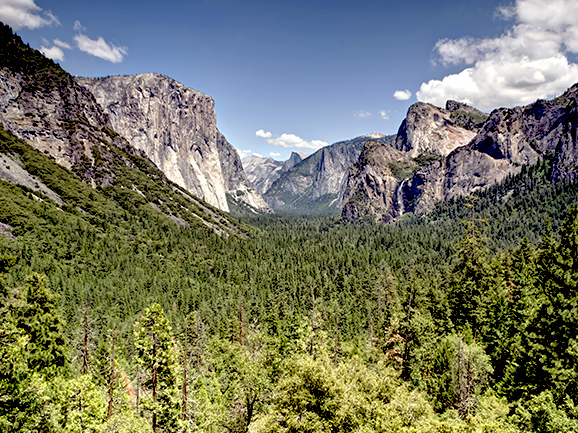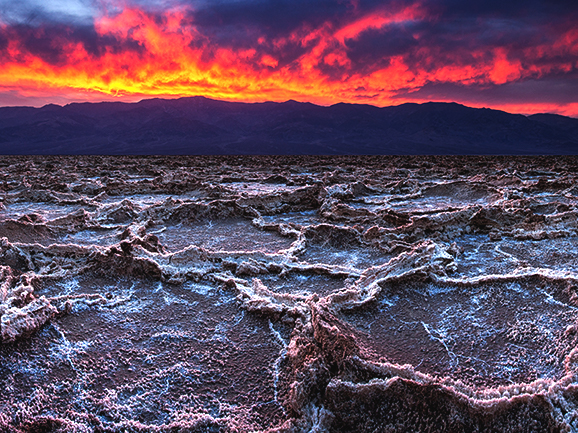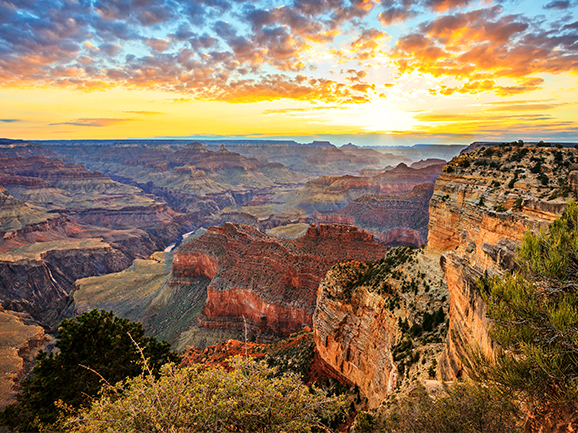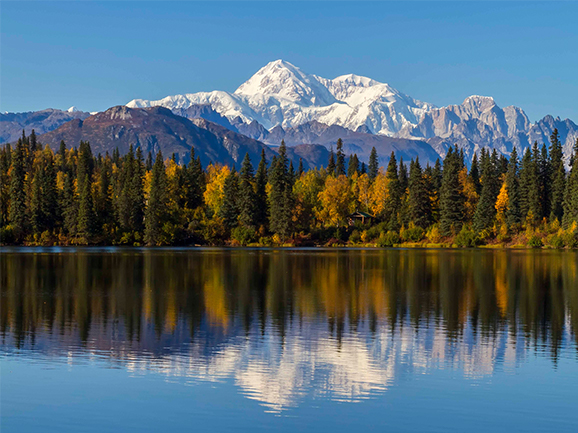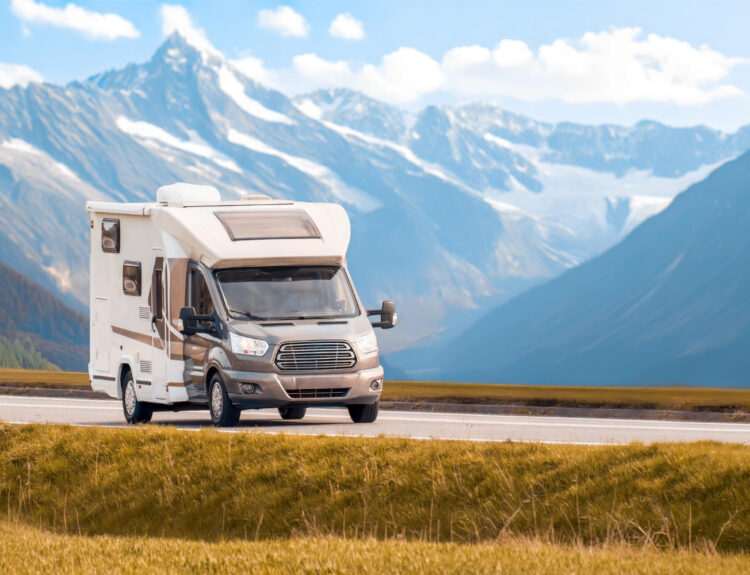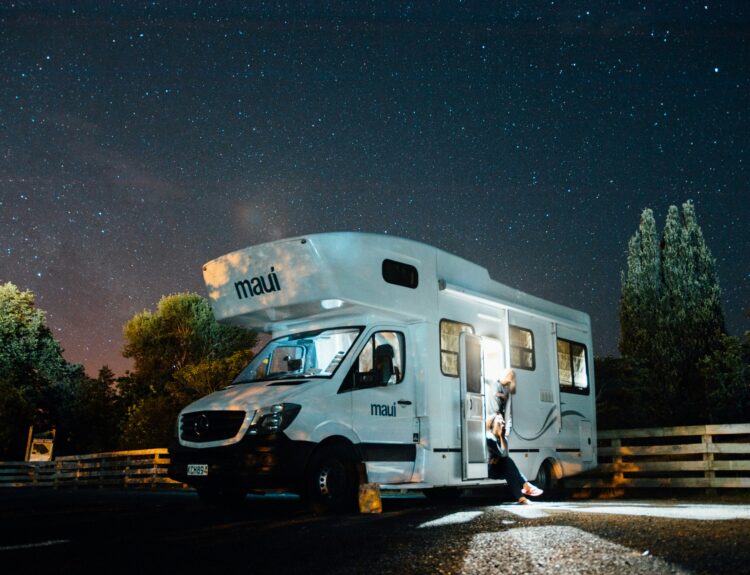There are no better places for pitching tents, roasting marshmallows around a campfire and having minimal access to indoor plumbing than in some of the United States’ top national parks. Below is a guide filled with tips and how-to knowledge for making your camping trip as successful as possible. Once you’ve decided upon your next adventure, all that is left to do is to book your discounted flight and go to the park’s website for further specific information on all reservation, permit and fees details. Now let us show you how to go camping in national parks.
Tips for Going Camping in National Parks
Yosemite National Park – California
With sights including massive sequoia trees, granite cliffs, waterfalls, glaciers and streams, Yosemite is a top national park destination. If you want to camp out in California’s Sierra Nevada Mountains, reservations will have to be your best friend. Seven of the thirteen campgrounds require reservations that can be booked up to five months in advance, and reservations are very competitive. Open campsites go live online on the 15th of every month at 7 am PT, so be sure to act fast. There are first-come, first-served campgrounds, that fill up so quickly they’re a gamble. What do you expect? Not every national park has a Bridalveil Fall, whose mist is believed to improve your chances of getting married and this is just the first tip of how to go camping in national parks!
Yellowstone National Park – Wyoming, Montana & Idaho
Wolves, bison, and bears—oh my! See all these animals and 400 species more while camping in Yellowstone. Be sure to follow safety precautions because wild wolves are, in fact, not friendly. Yellowstone National Park is famed for its wildlife, geysers, hot springs, waterfalls, alpine lakes/forests and plenty of hiking trails. Before enjoying all of this, plan ahead! Five of the twelve campgrounds require reservations and the remaining first-come, first-served campgrounds fill up early. If you’d prefer more remote backcountry camping, booking reservations for some sites occur from January 1 to October 31. Don’t forget the permit! Pro tip: Yellowstone’s weather isn’t nearly as predictable as Old Faithful, so be sure to bring lots of layers!
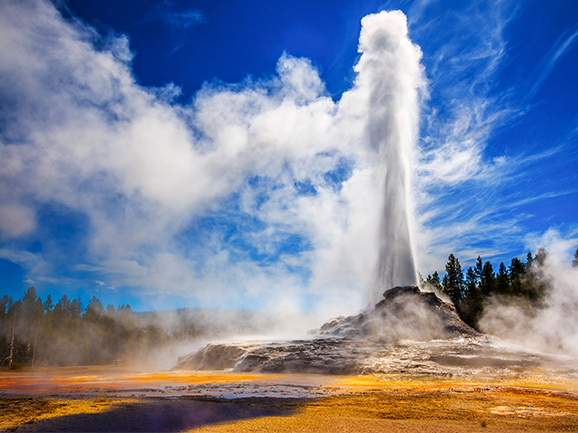
Death Valley National Park – California & Nevada
Despite the terrifying name, Death Valley doesn’t have quite as stressful of a reservation supply and demand ratio for campgrounds (some of which are seasonal) compared to other parks. The campgrounds rarely fill up, but that doesn’t mean you’ll be guaranteed your top choice site unless you make reservations (which can be made up to six months in advance) or, for first-come, first-served campgrounds, by showing up early. But when you get to walk through desert canyons and basins, take photos of the stunningly colorful Zabriskie Point sunsets, see the mystifying salt flats and check out why the Devil’s Golf Course got its name, do you really need your top choice site? Another pro tip: you’ll be in a desert. Drink lots of water.
Grand Canyon National Park – Arizona
A mile deep canyon. Hiking trails along the Inner Gorge. The Crystal-blue Havasu Falls oasis. You’ll see all this and more at the Grand Canyon. Camping options include the usually crowded yet easily accessible South Rim. The South Rim is opened year round and has the only RV campground with full hook-ups. Reservations are strongly recommended. Its first-come, first-served campgrounds fill up by early afternoon during busy summer months. The more wild and remote North Rim is more difficult to get to (therefore less crowded). It is seasonal (May 15-October 31), but because of the shorter season reservations are still competitive. Luckily, camping reservations aren’t as bad as those for white water rafting. Reservations for 2019 are going fast!
Arches National Park – Utah
Arches National Park is appropriately named—a visit here means admiring the park’s 2,000 naturally red stone arches. If you think rocks aren’t exciting, just wait until you see some of the balanced formations that seem to defy gravity. During the busy summer months (March-October) all sites are typically reserved months in advance. During the off-season, campgrounds become first come, first served, but you should still show up early. The peaceful winters bring cold temperatures and snowfall. The easiest hiking trails become difficult with icy conditions. Winter clothing and traction devices are recommended. Be aware that there are no services in the park—all food, gas and supplies are about an hour drive away.
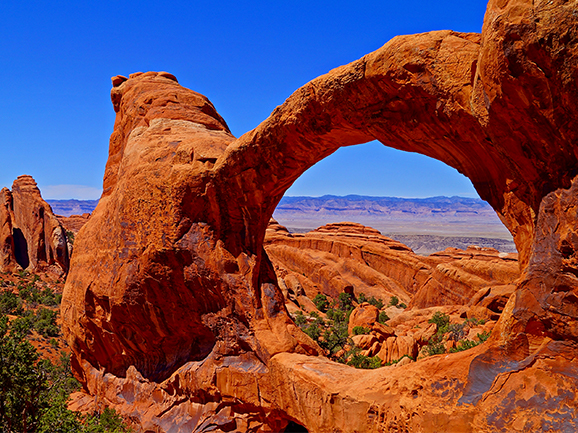
Denali National Park – Alaska
Denali National Park is made up of 6 million acres of Alaskan wilderness and the location of North America’s tallest peak: Mt. McKinley. With so many acres of land to explore, campers may benefit from splurging a bit on a tour—there are even helicopter tours! If you keep your eyes peeled, zip lining can be a great way to spot the many eagles, moose and bears that call Denali home. There are beautiful lakes and impressive glaciers to explore but remember that Alaskan temperatures can drop fast. Bring plenty of layers. Guarantee your spot by booking when reservations go live on December 1. Spots go fast! It is important to note that there are no RV hook-ups inside the park just another tip of how to go camping in national parks.
Happy camping!
About the Author: Colleen Shea is a writer for StudentUniverse, a travel booking site just for students.


